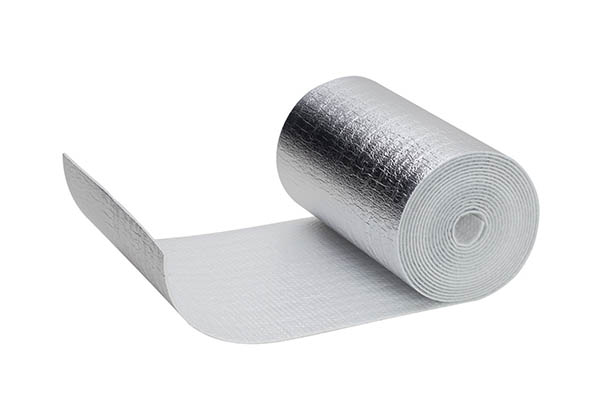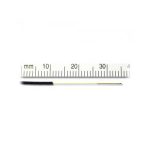In today’s society, thermal insulation materials are commonly used in house construction and renovation. These materials are designed to provide thermal insulation and temperature regulation. Thermal insulation materials consist of a combination of waterproof insulation solutions and heat-reflective materials. They incorporate properties such as reflection, radiation, and hollow microsphere insulation, effectively reflecting solar infrared and ultraviolet rays within the range of 400nm to 2500nm. This prevents the accumulation of solar heat on the surface of objects and facilitates automatic heat dissipation.
Insulating Benefits:
Residents of top-floor apartments are well aware of the challenges of extreme temperatures during the summer and winter seasons. Using thermal insulation materials helps address these issues. By incorporating insulating materials in roof construction, indoor temperatures can be controlled, reducing heat accumulation during the summer. Additionally, the insulation prevents cold air from entering the interior, ensuring a comfortable living environment during winter.
Thermal Insulation Materials:
Thermal insulation materials typically have low thermal conductivity, meaning they are inefficient at transferring heat. Some insulating materials contain inert gases that inhibit heat conduction, resulting in excellent thermal insulation properties. The thermal insulation performance of these materials is primarily determined by their thermal conductivity coefficient. The poorer the material’s thermal conductivity, the better its insulation performance. Common characteristics of thermal insulation materials include lightweight, porous, or fibrous structures that hinder heat transfer by trapping non-flowing air inside.
Effectiveness of Insulating Materials:
Even in high ambient temperatures, thermal insulation materials can effectively isolate external heat and prevent its transmission into the interior. This ensures a decrease in surface temperatures of painted objects and enables the long-term maintenance of stable temperatures within enclosed spaces.
Sensor for Testing Thermal Insulation Performance of Insulating Materials
HF-30S Heat Flux Sensor:
Thermal insulation performance is often evaluated using specialized testing devices such as heat flux sensors. The HF-30S heat flux sensor, provided by EKO, a Japanese manufacturer, measures the heat flux passing through a material by testing the temperature difference using a thermocouple. This sensor is ideal for directly measuring heat flow within materials and quantifying radiant heat flux from refrigerants.
Description of EKO Heat Flux Sensor – HF-30S:
The heat flux sensor HF-30S is suitable for directly measuring heat flux within materials and the radiant flux of refrigerants.
Testing principle of EKO Heat Flux Sensor – HF-30S:
There are three modes of heat conduction: conduction, radiation, and convection. If the heat flux sensor is placed on the surface of a material, it will measure the sum of these three modes of heat. If the sensor is placed inside the material, it directly measures the heat transfer generated by conduction.
QM = 1/R
“QM” is the heat flux between two sensors.
“R” is the thermal impedance.
“R” varies with the temperature at the sensor surface, and the heat flux passing through can be directly measured using temperature differences measured by thermocouples.
The coefficient 1/R is obtained through the initial calibration of the standard heat flux sensor. In other words, QM = KE, where “K” is the calibration coefficient and “E” is the electromotive force proportional to QM. However, the heat flux “QT” measured by the heat flux sensor generally differs from the previous “QM.” EKO thin-film heat flux sensors determine “QT” to be nearly the same as “QM.”
Conclusion:
Thermal insulation materials are crucial in maintaining comfortable indoor temperatures and improving energy efficiency. Combining porous materials and heat-reflective substances effectively minimizes heat transfer, providing enhanced thermal insulation properties.
Professional testing equipment, such as the HF-30S heat flux sensor, can be employed to assess the thermal insulation performance of these materials.
This sensor accurately measures heat flow and aids in evaluating the effectiveness of insulating materials. By utilizing advanced technologies and reliable testing methods, the construction industry can continue to improve and optimize thermal insulation solutions, leading to more energy-efficient and sustainable buildings.



